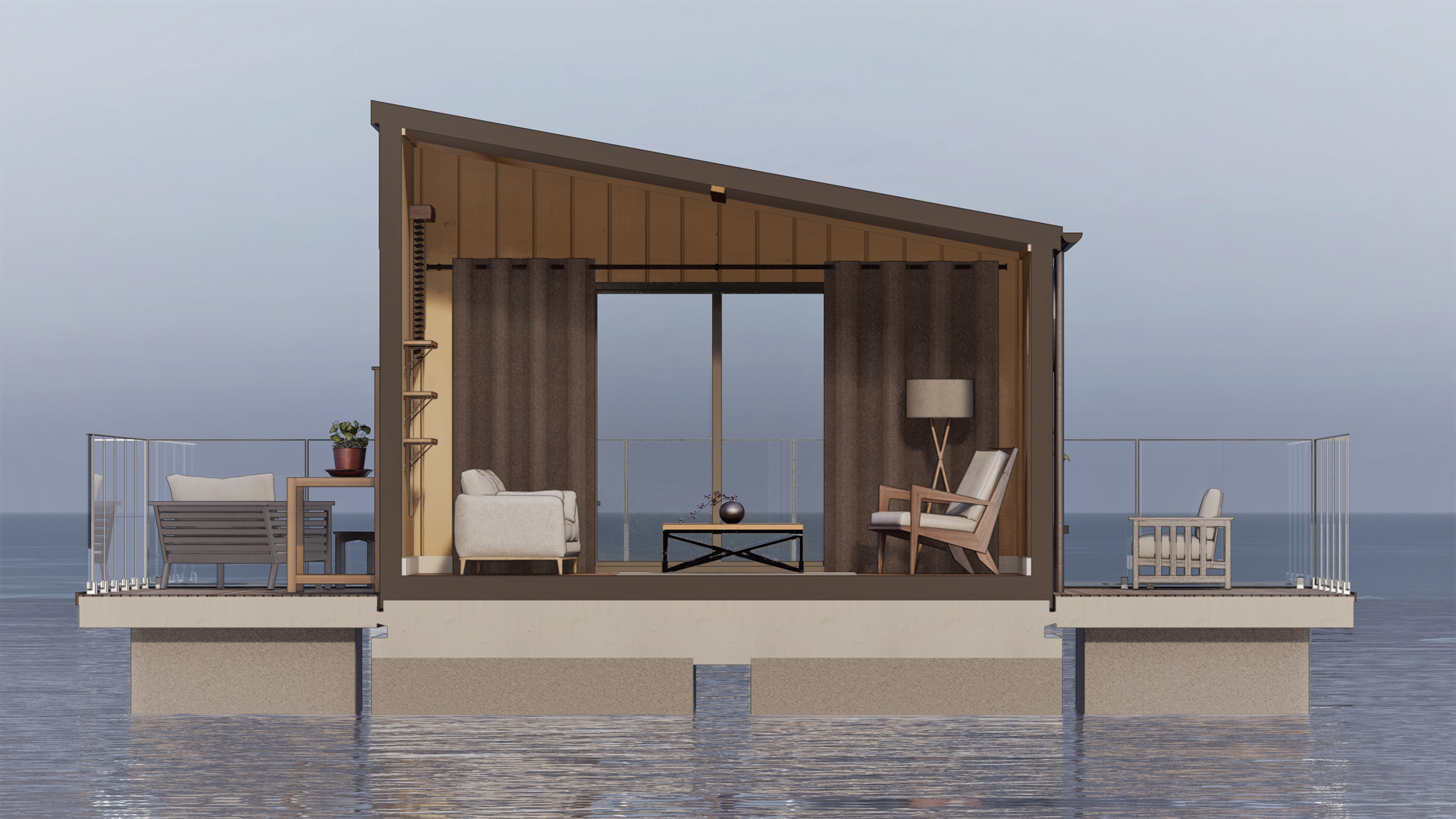Many people feel drawn to water, whether it’s a wish to live by the sea or just nearby to a lake or stream, and it’s a fantasy that some are keen to make reality. A life near to open water doesn’t need to confine you to sailing off into the sunset. There is another option: a floating home.
Floating homes are perfect if you desire a different way of living; they don’t just need to be an affordable getaway – you can use them as your full-time residence.
The calming sounds of water just steps away from your door, the beautiful views from your deck and the perfect balance between indoor and outdoor living could find you living the dream you don’t want to wake up from! The benefits of these homes offer a unique type of housing that few will have access to.
If you’re looking for a gentler pace of life owning property with a low carbon footprint but would still like the home comforts you’re used to (which are built to a high specification), then a floating home could be for you.
